Random International Life in a Different Resolution
A retrospective that spans over two decades of Random International's noteworthy creations, each serving as a dynamic exploration, translating intricate concepts into immersive experiences that prompt profound contemplation of human consciousness.
Experience the cutting-edge at Nxt Museum, the Netherlands' inaugural space solely devoted to new media. Inaugurated in 2020, it introduces a visionary platform for innovation. The realm of new media as Nxt Museum unveils its doors to host a groundbreaking exhibition showcasing the pioneering creations of the British collective, Random International, until June.
The exhibition deliberately blurs the lines between human and artificial intelligence, posing questions about the recognition of sentience and our tendency to attribute human-like consciousness even in its absence, challenging the essence of perception and rational thinking. The artworks ask: What makes us recognise something as sentient capable of feeling or perceiving - regardless of whether it is? And why do we apply humanlike consciousness when rational thinking reveals its very absence?
At Brunel University in London, Hannes Koch and Florian Ortkrass, both born in 1975, met, forming a lasting friendship. After completing master's degrees at the Royal College of Art, they founded Random International in 2005. This multidisciplinary group combines art, science, and technology in experimental artworks. In 2011, Koch pitched an innovative project for studio dinners, bringing together guests from diverse fields to explore existential questions.
Our Future Selves crafts three-dimensional representations of viewers using points of light. While certain defining features are absent, enough detail remains for instinctive human recognition.
Our Future Selves (2019) by Random International with sound by Signe Lykke – exhibited in ‘Life in a Different Resolution’ at Nxt Museum, The Netherlands. Photo: Razvan Chiorean gallery
Caught between a real-time mirror and a delayed reflection, the experience offers a glimpse into an ambiguous dimension, evoking familiarity and mystery. It challenges our sense of self-image, prompting questions about whether we truly see ourselves or encounter another entity altogether. This project originated from Random International's 2012 creation, Future Self, inspired by discussions on 'behaviour' in 2011. Delving into cybernetics and our instinctive perception of behavior through motion, the group focused on capturing a three-dimensional human form in moving light, distilling details to a minimum.
Living Room/ variation II (2023) by Random International with sound by Signe Lykke – exhibited in ‘Life in a Different Resolution’ at Nxt Museum, The Netherlands. Photo: Razvan Chiorean gallery
How does Random International explore NFTs and blockchain technology?
With Motherflock, Random International introduces a virtual swarm of paper-like 'bird-oid objects', each representing an NFT with unique qualities in movement. Generated by an algorithm after purchase, these digital assets belong to private owners globally. Over three months, owners' NFT collections shaped the evolution of each digital object, now collectively forming an interactive sculpture. Motherflock pioneers communal ownership of public art, bridging the gap between digital and physical realms, allowing individual ownership while creating a shared, responsive environment.
In 1986, computer graphics pioneer Craig Reynolds introduced Boids, an early digital endeavor to simulate the flocking behaviors of 'bird-oid objects.' Boids stands as an illustration of an 'artificial life simulation.'
Life in Our Minds - Motherflock III, 2023, Boids algorithm with Unsupervised Learning technique. The versatile applications of these "boids" extend across diverse fields, making their presence felt in realms ranging from video games to the cinematic world.
Understanding the intricate dynamics of an entire flock might seem complex, but breaking it down to individual behavior reveals the simplicity behind the apparent chaos. Three fundamental rules govern this emergent complexity:
Separation: Boids instinctively move to prevent collisions with their fellow members.
Alignment: Each Boid aligns its course with the average direction of nearby companions.
Cohesion: Boids navigate towards the center of the group, fostering unity among their peers.
Fifteen Points 2019, Random International, with sound by Chihei Hatakeyama - exhibited at Nxt Museum in Life in a Different Resolution exhibit
How Do Machines See Us?
Explore Random International's sketches and machine-captured human movement from their interactive pieces post-2016 'Evolution' symposium. The event delved into questions like AI as a successor to human intelligence, the boundary between biomimicry and evolution, and the recognition of AI as a distinct species. Uncomfortable discussions arose on merging human and artificial intelligence, blurred sensory boundaries, and how technology perceives us. The exhibited motion studies contemplate humankind as a machine and the challenge of escaping human-centric perceptions. This pursuit shapes Random International's artworks in transcending anthropocentric filters.
How fast can you spot a walking figure? The human brain decodes an object's outline in just 0.15 seconds. Facing a robot's mechanical arms, how does our perspective shift?
Born from Harvard's Biomimetic Robotics Division research residency, this sculpture, developed by Random International, originated in a 2011 symposium. Inspired by Professor Niko Troje's BioMotion Walker, it explores the brain's ability to perceive identity from minimal data. Fifteen Points extends this into 3D, prompting reflection on human instincts in an automated AI world. The artwork questions the transferability of these instincts to artificial domains and explores their significance for future technologies, bridging cerebral and emotional realms.
Living Room/ variation II (2023) by Random International with sound by Signe Lykke Photo: Roberto De Vecchi
Can you envision 'the space of possible minds"? Does high intelligence mean consciousness? Is consciousness vital for human-level or general intelligence? Can we build an AI with an awareness and understanding of the world? Shanahan invites us to imagine a future where new intelligences are further embedded in everyday life.
In 2016, Random International organized a dinner symposium unveiling the prototype for Study for Fifteen Points / I, a precursor to the larger installation in the adjacent room. Themed 'Evolution: Human & Machine,' the event featured guest speaker Murray Shanahan, Professor of Cognitive Robotics at Imperial College London. The dialogue focused on artificial intelligence advancements and its potential to surpass human intelligence, questioning how this shift aligns with the conventional notion of 'evolution.'
In the discussions, Shanahan introduced 'the space of possible minds,' a concept initially theorized by British philosopher Aaron Sloman. This notion envisions a realm comprising human thought, extraterrestrial intelligence, potential yet-to-materialize forms of biological or evolved intelligence, and a complete spectrum of artificial intelligence that we may create in the future.
Fine Art You Love
The Latest Art News
Connect with us on Instagram!

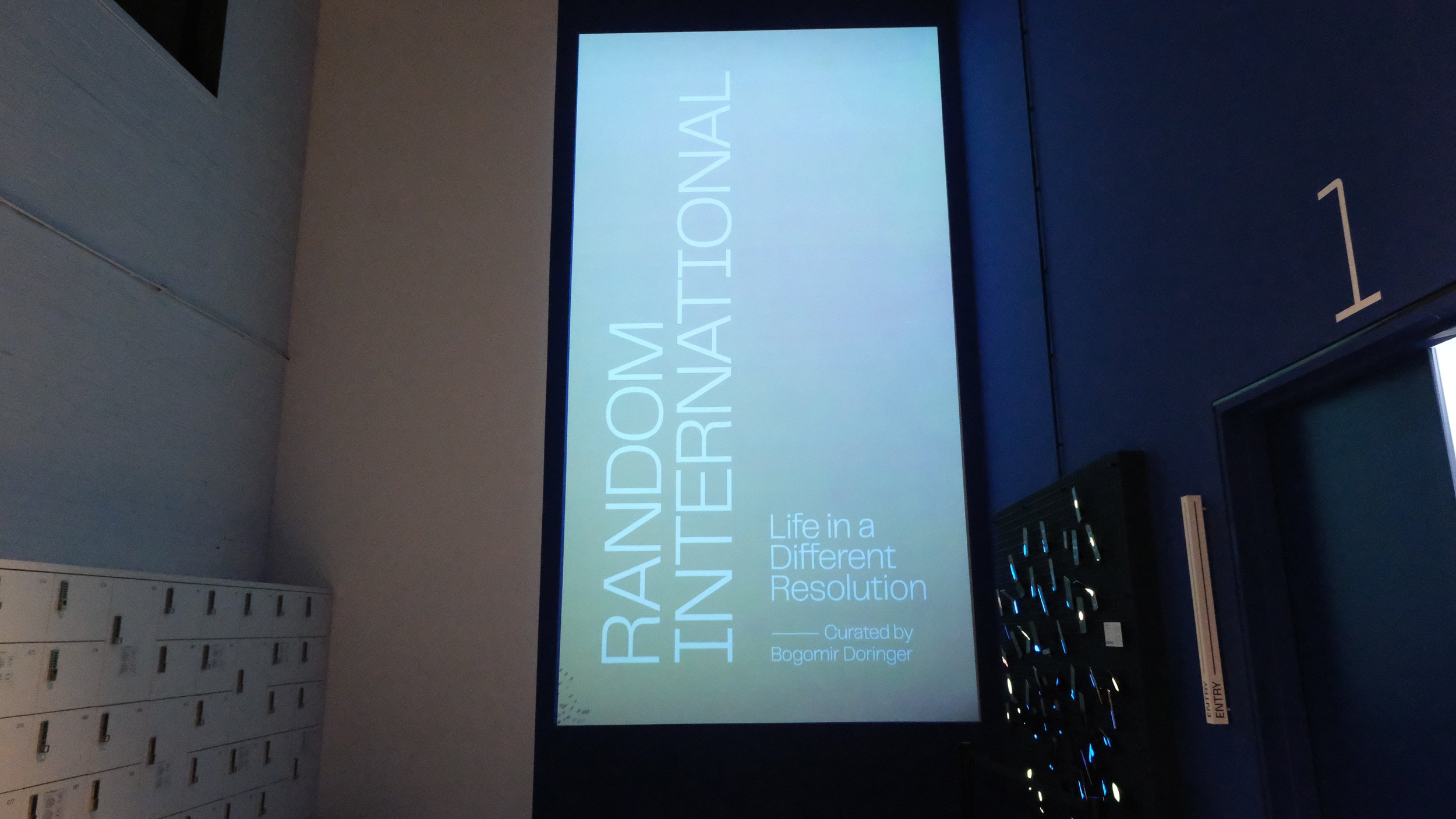


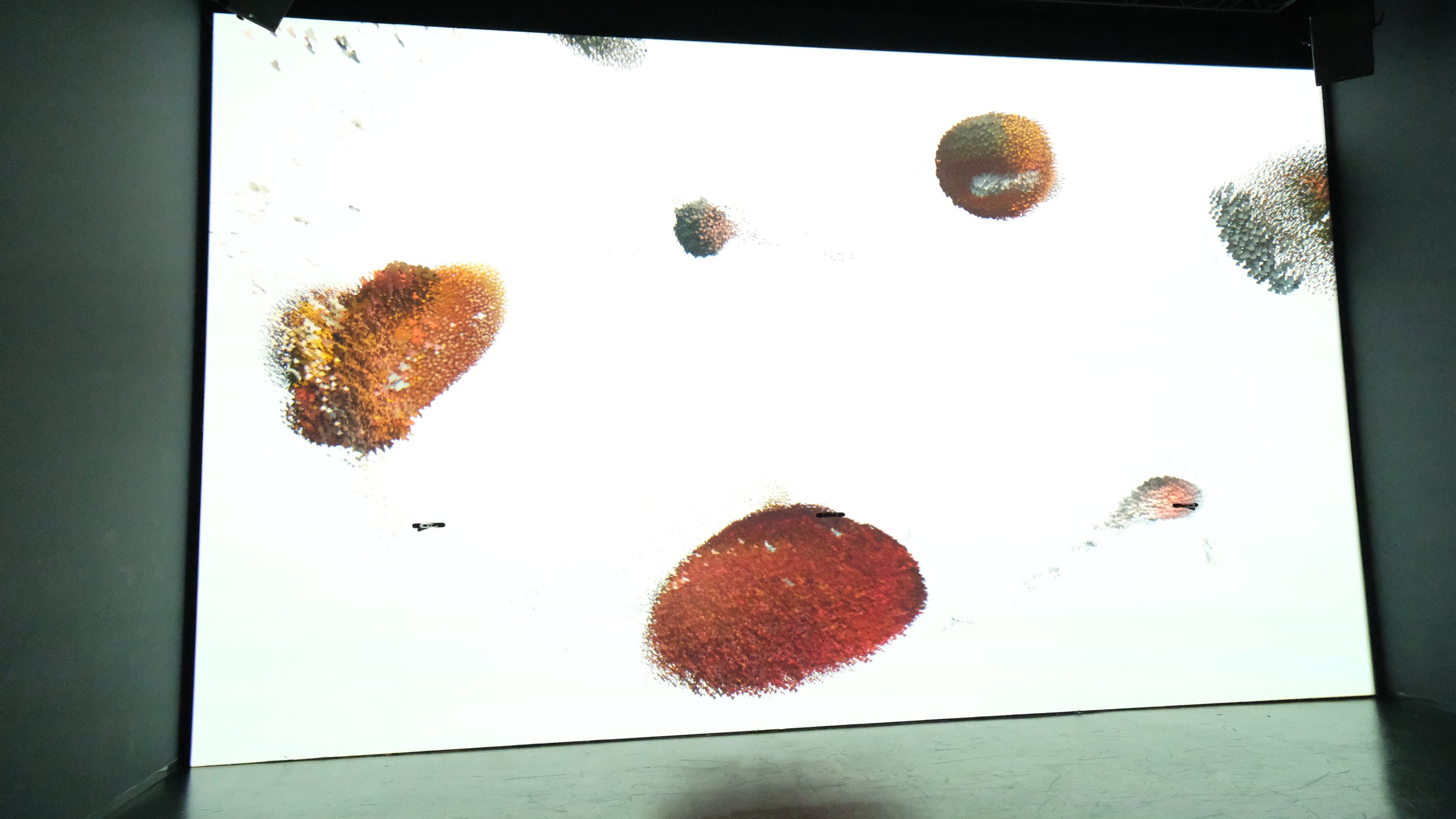
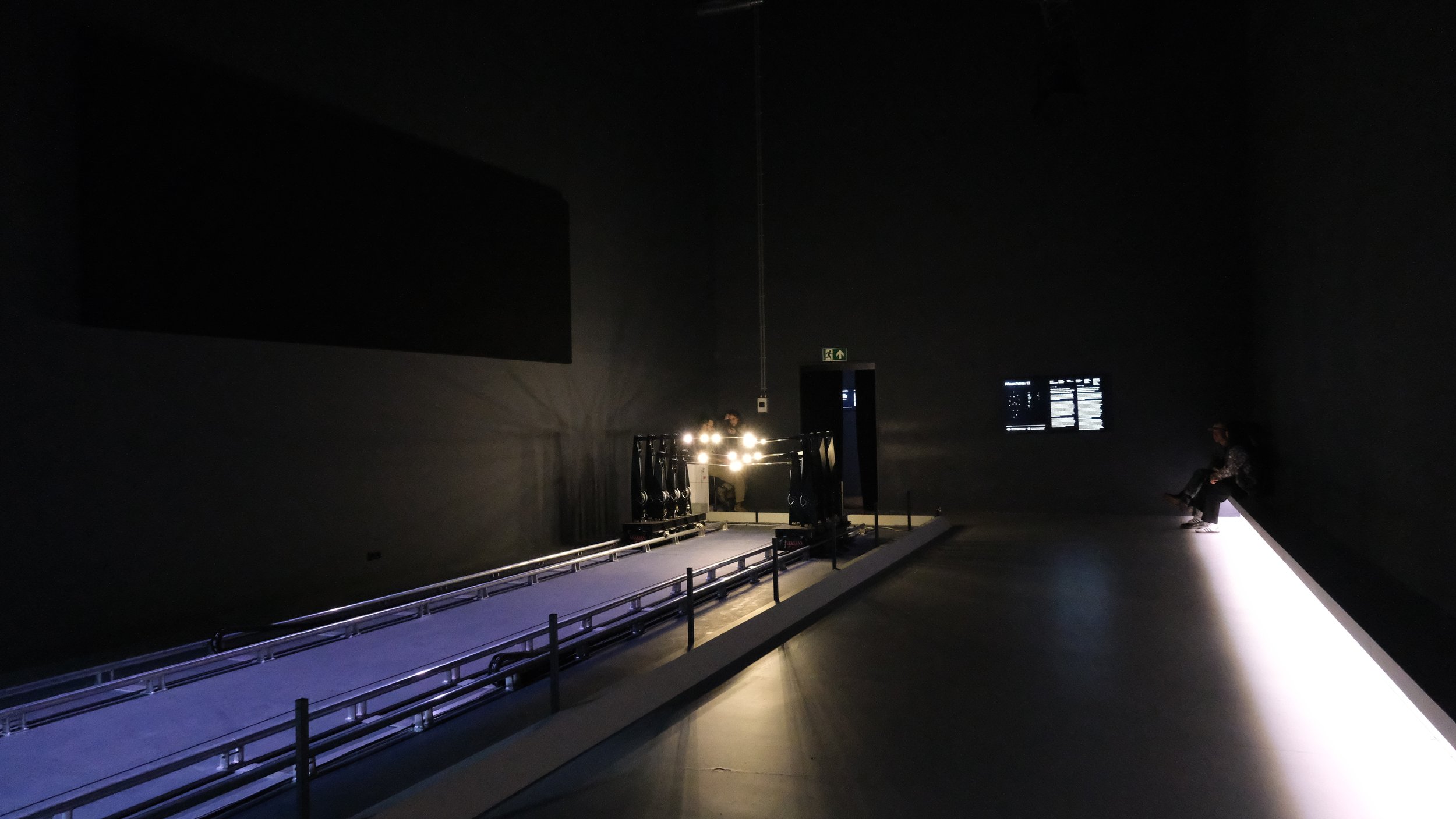

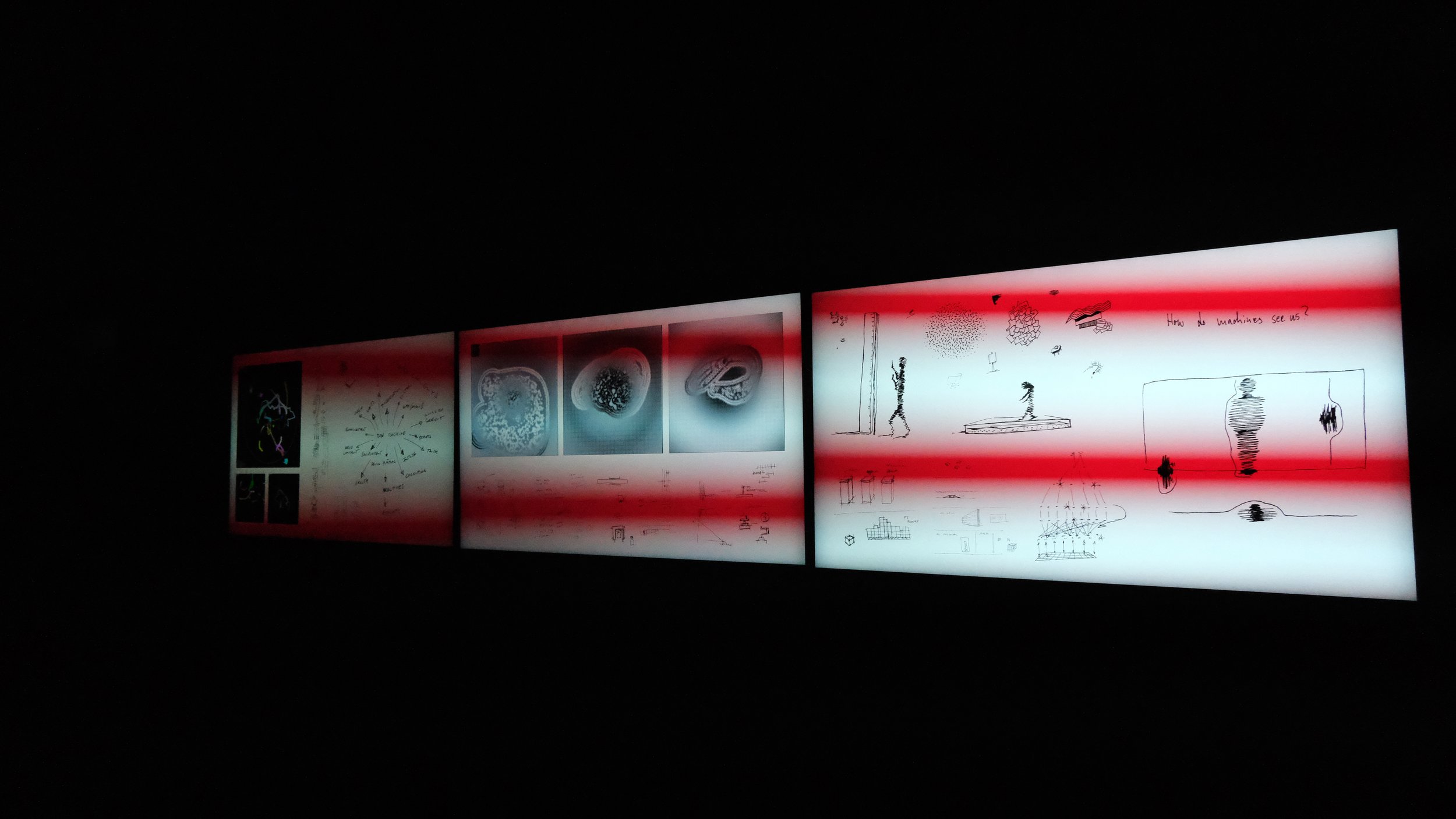


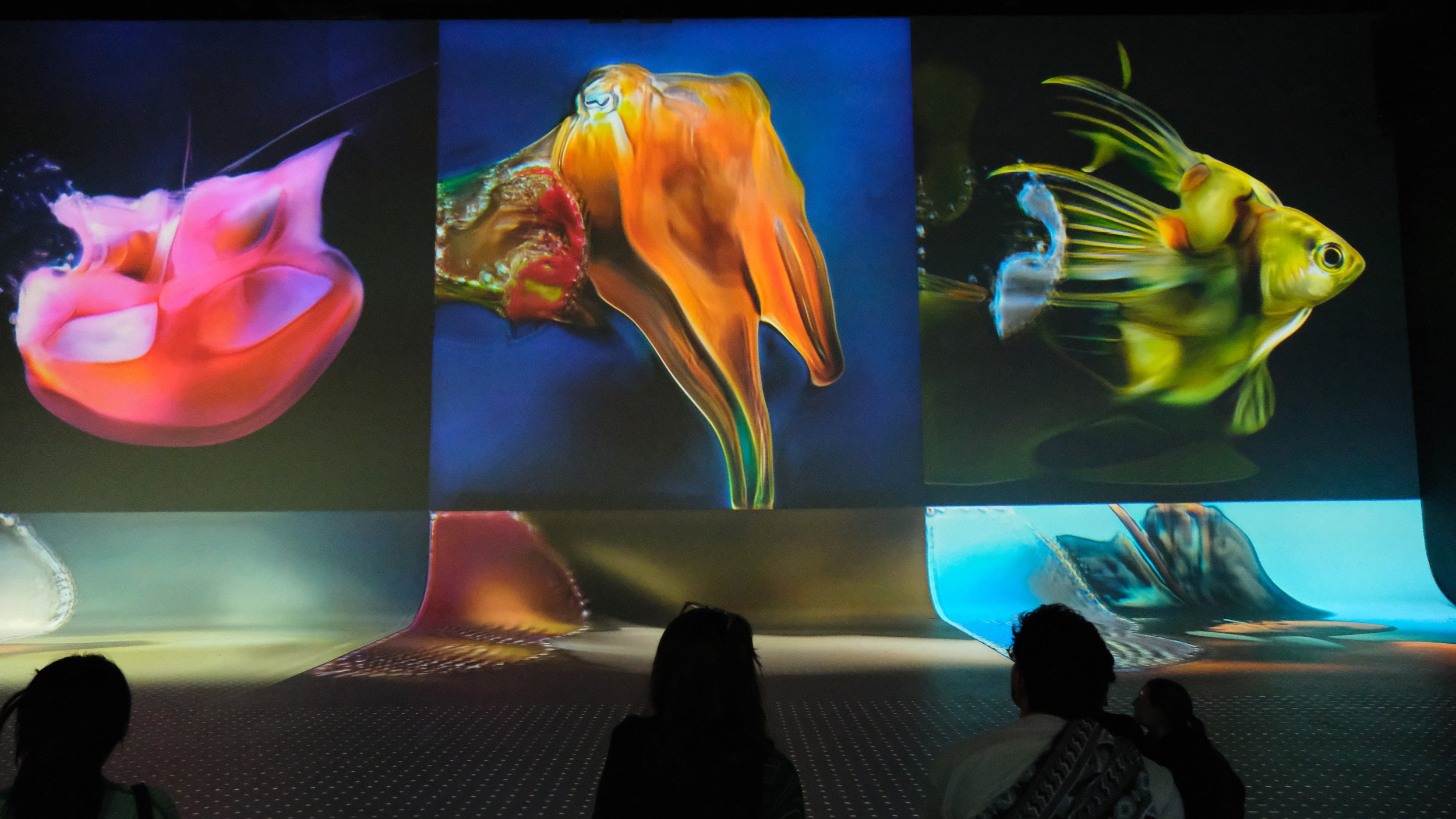
























Explore the vibrant Ndebele-inspired paintings of this esteemed South African artist, bridging cultures and communities while reflecting on identity, migration, and belonging.